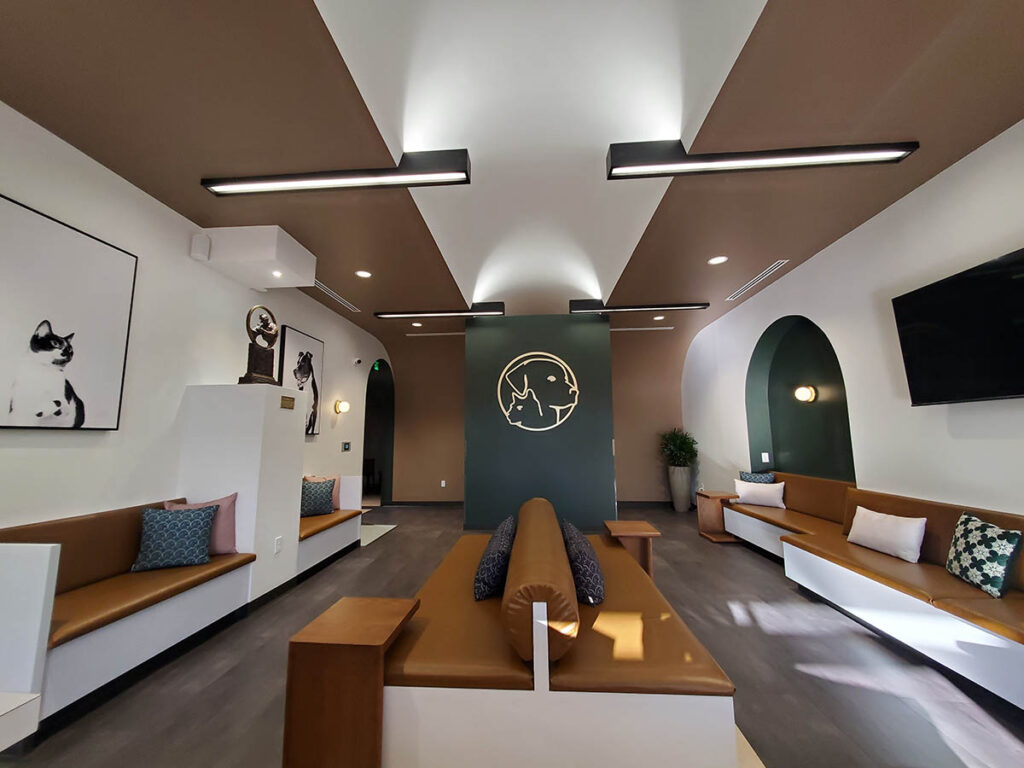What Commercial Building Designers Do and Why They Matter
Businesses / Posted 3 months ago by Amelia Bailey / 156 views
Commercial building designers shape the spaces where people work, shop, learn, and gather every day. These skilled professionals blend art and science to create functional, safe, and attractive buildings that serve businesses and communities.
From office towers to retail stores, hospitals to schools, commercial building designers handle complex projects that require both creative vision and technical knowledge. Their work affects how businesses operate and how people experience built environments.
The Role of Commercial Building Designers
Commercial building designers focus on creating non-residential structures that meet specific business needs. They work on projects like office buildings, shopping centers, warehouses, restaurants, medical facilities, and educational institutions.
These professionals must balance many factors when creating designs. They consider the client’s budget, local building codes, environmental conditions, and the intended use of the space. A restaurant requires different design elements than a medical clinic or corporate headquarters.
Commercial building designers also collaborate with engineers, contractors, and other specialists throughout the construction process. This teamwork ensures that buildings are structurally sound, meet safety requirements, and function as intended.
Key Skills and Expertise
Technical Knowledge
Commercial building designers need strong technical skills to create detailed plans and specifications. They use computer-aided design (CAD) software to produce accurate drawings and 3D models. Knowledge of building materials, construction methods, and structural systems is essential.
Understanding building codes and zoning laws is crucial. These regulations vary by location and building type, so designers must stay current with local requirements and industry standards.
Design and Planning
Creating functional layouts requires careful planning and spatial awareness. Commercial building designers must consider traffic flow, accessibility requirements, lighting, ventilation, and other factors that affect how people use the space.
They also consider the building’s relationship to its surroundings, including parking, landscaping, and neighboring structures. Good design integrates the building with its environment rather than conflicting with it.
Project Management
Many commercial building designers manage multiple projects at once. They coordinate with clients, contractors, and regulatory agencies to keep projects on schedule and within budget. Strong communication and organizational skills are essential for success.
Types of Commercial Building Projects
Office Buildings
Office spaces require designs that support productivity and employee well-being. This includes considerations for natural light, air quality, noise control, and flexible workspace options. Modern office designs often incorporate collaborative areas, private meeting rooms, and amenities like cafeterias or fitness facilities.
Retail Spaces
Retail buildings need designs that attract customers and facilitate sales. Commercial building designers consider factors like storefront visibility, customer flow, product display areas, and storage needs. The layout should guide customers through the space while creating an appealing shopping environment.
Healthcare Facilities
Medical buildings have strict requirements for cleanliness, accessibility, and specialized equipment. Designers must plan for patient privacy, efficient staff workflows, and compliance with healthcare regulations. These projects often require coordination with medical equipment specialists and healthcare consultants.
Educational Buildings
Schools and training facilities need designs that support learning and safety. This includes proper lighting, acoustics, ventilation, and security features. Designers must also consider age-appropriate layouts and accessibility for students with disabilities.
The Design and Construction Process
The typical commercial building design process begins with client meetings to understand project goals, budget, and timeline. Commercial building designers then conduct site analysis, including surveys and environmental studies.
Next comes the design phase, where initial concepts are developed and refined. Designers create drawings, renderings, and specifications that show how the building will look and function. Client feedback helps shape the final design.
Once the design is approved, commercial building designers prepare detailed construction documents. These include technical drawings, material specifications, and other information contractors need to build the project.
During construction, designers often provide oversight to ensure the building is constructed according to the plans. They may visit the job site regularly and review contractor submittals and change requests.
Choosing Commercial Building Designers
Selecting the right designer for a commercial project requires careful consideration. Look for professionals with experience in similar building types and project sizes. Review their portfolio to see examples of completed work.
Check references from past clients to learn about their experience working with the designer. Ask about communication, problem-solving abilities, and whether projects were completed on time and within budget.
Consider the designer’s knowledge of local building codes and regulations. Familiarity with local requirements can help avoid delays and compliance issues during the design and permitting process.
Making Buildings Work for Business
Commercial building designers play a vital role in creating spaces that support business success and community needs. Their expertise in design, technology, and construction helps bring complex projects from concept to completion.
Good commercial building design considers both immediate needs and future flexibility. Buildings that can adapt to changing business requirements provide better long-term value for owners and occupants.
For businesses planning new construction or renovation projects, working with experienced commercial building designers is essential for achieving project goals while managing costs and timelines effectively.
- Listing ID: 56584
- Country: USA
- City: Nashville

